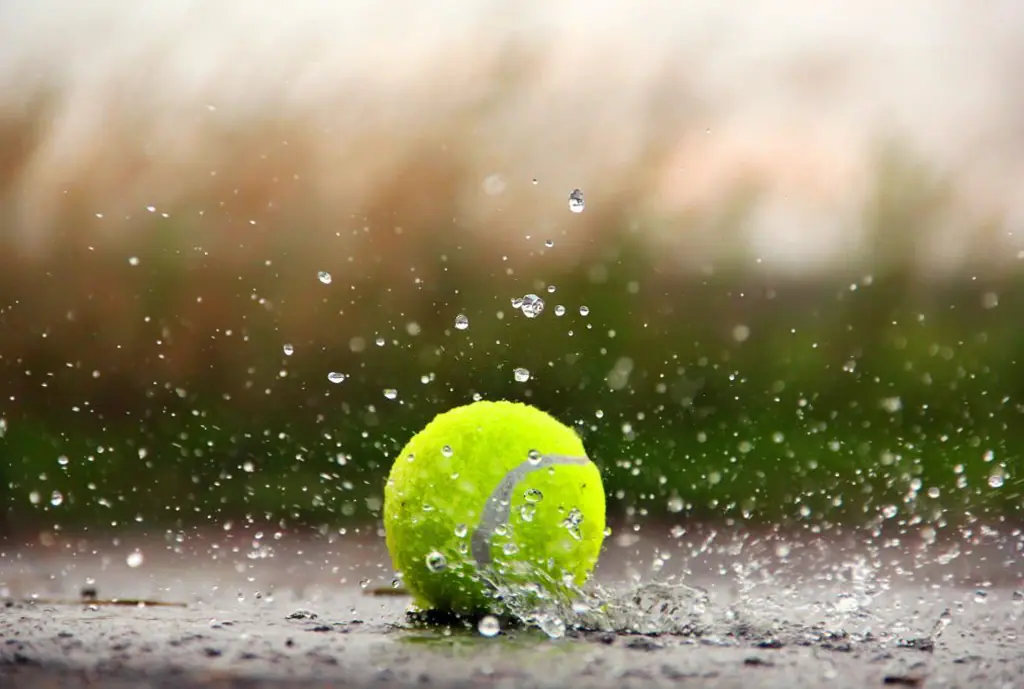

The Rising Trend of Padel Courts in China Bridging Cultures Through Sport
In recent years, China has emerged as a global powerhouse in various sports, from basketball to table tennis. However, a relatively new player has entered the scene—padel. This sport, often described as a hybrid between tennis and squash, is rapidly gaining popularity in the country, leading to a surge in the construction of padel courts across urban landscapes. In this article, we will explore the growing interest in padel, its cultural significance, and the impact of padel courts on community engagement in China.
What is Padel?
Padel is played on an enclosed court roughly one-third the size of a tennis court. The game is typically played in doubles, making it a social sport ideal for friends and families. Scoring is similar to tennis, but the enclosed walls allow players to use them to bounce the ball, adding a unique twist to traditional gameplay. The rules are easy to learn, which makes it accessible to players of all ages and skill levels.
The Surge in Padel Popularity
The popularity of padel can be attributed to several factors. Firstly, as urbanization continues to reshape China’s cities, accessible recreational options are becoming increasingly important for the well-being of urban residents. Padel courts occupy less space than traditional tennis courts and require less maintenance, making them a practical choice for urban developers.
Moreover, the social aspect of padel appeals to a younger demographic that values active lifestyles and communal activities. With the rise of health awareness, especially post-pandemic, many are looking for enjoyable ways to stay fit, and padel offers just that.
Cultural Significance
Padel also serves as a cultural bridge, uniting players from diverse backgrounds and fostering community connections. In China, which has a rich tapestry of cultural traditions, the introduction of a sport like padel encourages intercultural exchanges. Players from different walks of life can come together on the court, share experiences, and create friendships that transcend cultural boundaries.

The emergence of padel courts has also prompted collaborations between local sports clubs, international companies, and even schools. Padel lessons, tournaments, and social events are increasingly common, facilitating interactions that promote inclusivity and community spirit.
Infrastructure Development
Recognizing the demand, various companies and organizations are investing in constructing padel courts across major cities like Beijing, Shanghai, and Guangzhou. These facilities often feature not only the courts themselves but also clubhouses, lounges, and cafes that enhance the overall experience. Many new courts are designed with sustainability in mind, incorporating eco-friendly materials and energy-saving technologies.
Additionally, the establishment of professional padel leagues and coaching certifications in China signifies the sport’s potential for growth. Local talents are being nurtured, and as interest builds, there’s a palpable sense of excitement surrounding the possibility of China producing top-level padel players who could compete on the global stage.
Challenges Ahead
Despite the promising growth trajectory, several challenges remain. One significant hurdle is the need for widespread awareness about the sport. While some cities are experiencing a padel boom, others are still largely unaware of the game. Effective marketing strategies, community outreach programs, and partnerships with schools could help disseminate knowledge and encourage participation.
Moreover, as with any emerging sport, quality coaching and training facilities must be established to elevate competitive play. Establishing a network of experienced coaches and training programs will be crucial in nurturing talent and sustaining interest in padel.
Conclusion
In conclusion, the rise of padel courts in China is more than just a trend; it represents a cultural movement that prioritizes health, social interaction, and community bonding. As the sport continues to grow, it has the potential to leave a lasting impact, fostering connections among people from different backgrounds and encouraging a shared passion for physical activity. With the right investments in infrastructure, coaching, and community engagement, the future of padel in China looks vibrant and promising. As more courts open and players embrace the game, padel could become yet another cherished sport in the rich landscape of Chinese athletics.
Industrial Flooring Solutions for Factories & Racquetball Courts Safe & Durable
Premium Rubber Floor Mats Slip-Resistant, Durable & Easy Clean
Industrial Flooring Solutions for Outdoor Paddle Tennis Courts & Factories
Industrial Flooring Solutions Durable Padel Court Supplier & Installation
Rubber Composite Flooring Durable, Slip-Resistant Floor Mats
Premium PVC & Rubber Sports Flooring Shock Absorption, Slip Resistance